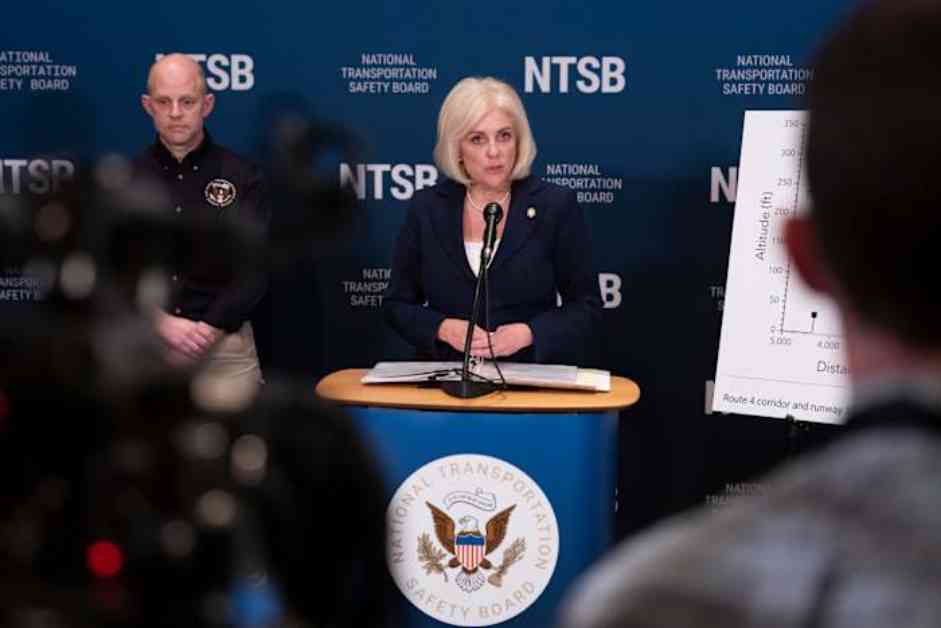The skies above Washington, D.C., are a bustling hub of aviation activity, where commercial airliners and military aircraft navigate a congested airspace with precision and caution. However, recent events have shed light on the inherent risks and close calls that have been occurring more frequently than previously realized.
The tragic midair collision between an American Airlines flight and a Black Hawk helicopter near Ronald Reagan Washington National Airport on January 29, 2025, claimed the lives of 67 individuals and brought to the forefront concerns about safety protocols and airspace management. As investigators delved deeper into the incident, alarming revelations emerged regarding the frequency of near misses and potential dangers that had been overlooked or disregarded.
The National Transportation Safety Board (NTSB) revealed that pilots had been forced to take evasive action to avoid colliding with helicopters at least once a month between 2011 and 2024, as reported by data compiled by the Federal Aviation Administration (FAA). In addition, there were 85 documented instances of aircraft coming within a few hundred feet of each other, highlighting a systemic issue that had gone unaddressed for years.
Doug Lane, who lost his wife and son in the tragic crash, expressed his frustration and disbelief at the lack of action taken despite the clear warning signs. The complex airspace around Reagan National Airport has long been a point of concern for pilots, who must navigate around military aircraft and restricted zones, making close encounters a recurring nightmare for those in the aviation industry.
Former NTSB Chair James Hall emphasized the gravity of the situation, questioning why the alarming number of incidents had not prompted proactive measures to ensure the safety of passengers and crew. The FAA, responsible for overseeing air traffic control operations, came under scrutiny for its apparent complacency in addressing the escalating risks posed by the congested airspace.
Transportation Secretary Sean Duffy and current NTSB Chairwoman Jennifer Homendy expressed their frustration and disappointment at the lack of action taken to mitigate the dangers present in the airspace around Reagan National. Duffy announced plans to ban certain helicopter flights in the vicinity of the airport, a temporary measure implemented following the tragic collision.
Safety advocate Mary Schiavo criticized the FAA for its reactive approach to aviation safety, noting that disaster often serves as a catalyst for meaningful change within the industry. The debate over expanding flight operations at Reagan National, despite concerns raised by Virginia senators, underscored the complex balance between convenience and safety in aviation policy.
The collision between the American Airlines jetliner and the Black Hawk helicopter highlighted the challenges posed by a congested airspace and the need for enhanced oversight and coordination among aviation stakeholders. As investigations continue and families mourn the loss of loved ones, the aviation industry grapples with the sobering reality of the risks inherent in modern air travel.
In the wake of this tragedy, questions linger about the accountability of regulatory bodies, the responsiveness of aviation authorities, and the need for proactive measures to prevent future incidents. As the aviation community reflects on the lessons learned from this devastating event, the imperative to prioritize safety and vigilance in airspace management remains paramount.















